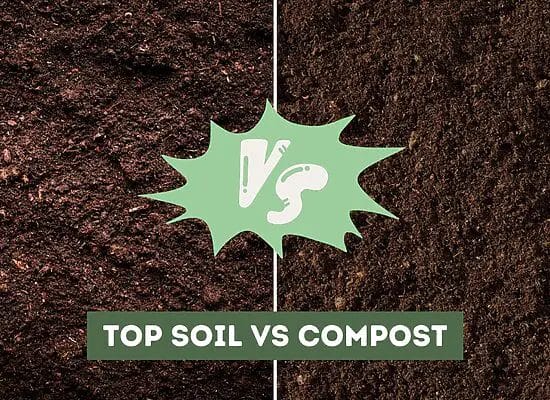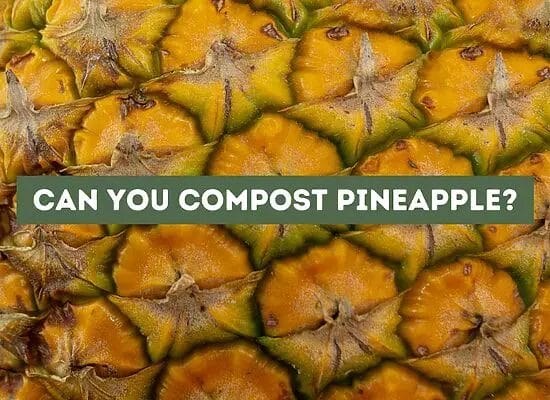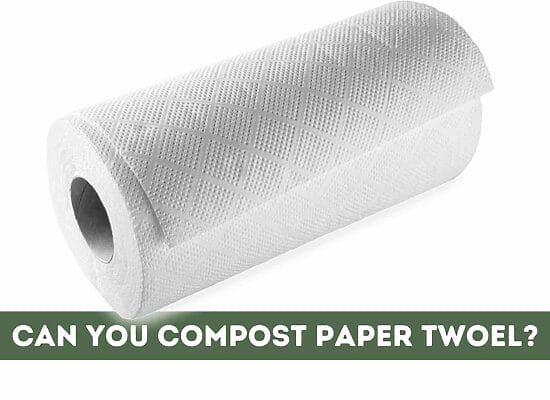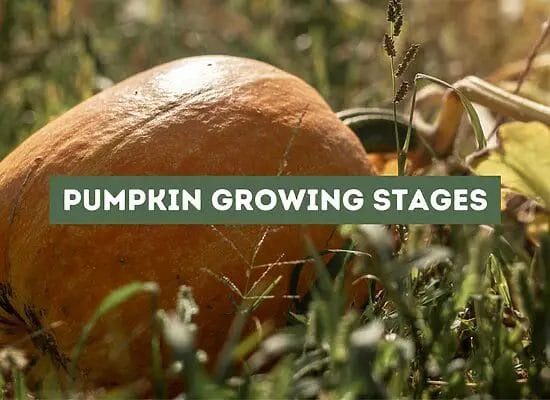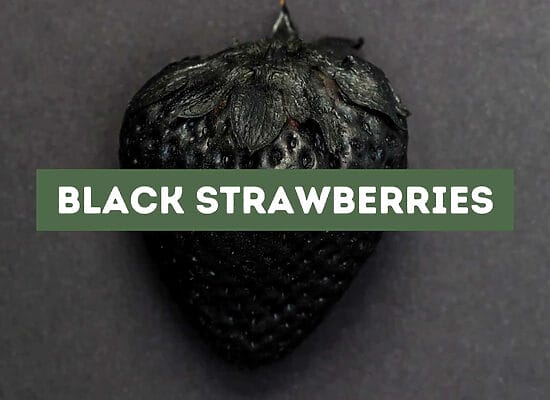
If you’re an avid gardener, you may have noticed white spots on your tomato leaves. These spots can be an eyesore and cause for concern, but fortunately, they are often treatable. White spots on tomato leaves can be caused by a variety of factors, including fungal diseases and environmental conditions. It’s important to identify the cause of the white spots in order to properly treat and prevent them in the future.
Key takeaways:
- Causes of White Spots: White spots on tomato leaves can be caused by various factors including fungal diseases, bacterial infections, and pests. Identifying the cause is crucial for effective treatment.
- Common Causes: The most common causes of white spots are powdery mildew (fungal disease), bacterial infections, and pest damage, such as from spider mites.
- Prevention Strategies: Preventive measures include proper watering (avoiding overwatering), providing adequate sunlight, regular pruning for air circulation, balanced fertilization, and maintaining good air circulation.
- Fungal Diseases: Fungal diseases like powdery mildew, late blight, and septoria leaf spot can cause white spots. These diseases can spread quickly, so timely intervention is essential.
- Insect Damage: Pests like aphids, spider mites, and mealybugs can cause white spots and make plants susceptible to fungal infections. Controlling pests promptly is crucial.
- Sun Scalding: Excessive sun exposure can lead to white spots due to sun scalding. Providing shade during intense sunlight periods can prevent this damage.
- Impact on Yield and Quality: White spots can impact tomato yield and quality. Powdery mildew can lead to lower yield and affect taste. Sun scalding can cause stunted growth and lower yield. Addressing the underlying causes is vital to minimize damage.
Identifying White Spots on Tomato Leaves
If you are a tomato grower, you may have noticed white spots on the leaves of your tomato plants. These white spots can be caused by a variety of factors, including disease, pests, and environmental stress. Identifying the cause of the white spots is important, as it can help you take the necessary steps to prevent further damage to your plants.
One of the most common causes of white spots on tomato leaves is powdery mildew. Powdery mildew is a fungal disease that can affect tomato plants, as well as a variety of other plants. It is characterized by a white, powdery coating on the leaves, stems, and fruit of the plant. In addition to white spots, powdery mildew can cause leaves to curl and become distorted.
Another common cause of white spots on tomato leaves is a bacterial infection. Bacterial infections can cause white spots, as well as brown spots and other discoloration on the leaves. Bacterial infections can be caused by a variety of factors, including poor soil conditions, over-watering, and poor air circulation.
In addition to disease and bacterial infections, white spots on tomato leaves can also be caused by pests. For example, spider mites can cause white spots on the leaves of tomato plants. Spider mites are tiny insects that feed on the sap of the plant, causing damage to the leaves and stems.
To identify the cause of white spots on tomato leaves, it is important to closely examine the affected plants. Look for other symptoms, such as discoloration, curling, or distortion of the leaves. Check for signs of pests, such as webs or tiny insects. If you suspect a disease or bacterial infection, take a sample of the affected plant to your local nursery or extension office for diagnosis.
Once you have identified the cause of the white spots on your tomato leaves, you can take steps to prevent further damage. This may include pruning affected leaves, improving soil conditions, or treating the plant with a fungicide or pesticide. By taking action quickly, you can help ensure that your tomato plants remain healthy and productive throughout the growing season.
Common Causes of White Spots
If you have noticed white spots on your tomato leaves, it is essential to identify the root cause of the problem quickly. Here are some of the most common causes of white spots on tomato leaves.
Fungal Diseases
Fungal diseases are a frequent reason for white spots on tomato leaves. Powdery mildew, late blight, and septoria leaf spot are some of the most common fungal diseases that can cause white spots on tomato leaves. Fungal spores can easily spread from plant to plant, so it is essential to take action as soon as you notice any signs of fungal infection.
Insect Damage
Insects such as aphids, spider mites, and mealybugs can cause white spots on tomato leaves. These pests can damage the leaves, making them more susceptible to fungal infections. It is essential to take action to control these pests as soon as possible to prevent further damage to your plants.
Sun Scalding
Excessive sun exposure can lead to the development of white spots on tomato leaves. Prolonged direct sunlight scorches the leaves, causing them to turn white. To prevent sun scalding, it is essential to provide your tomato plants with adequate shade during the hottest parts of the day.
Nutrient Deficiencies
Lack of nutrients, especially calcium, nitrogen, phosphorus, and magnesium, can also cause white spots on tomato leaves. These nutrients are essential for healthy plant growth and development. It is essential to ensure that your tomato plants receive adequate amounts of these nutrients to prevent nutrient deficiencies.
Preventing White Spots
To prevent white spots on your tomato leaves, you need to ensure that your plants are healthy and disease-free. Here are some tips on how to prevent white spots on tomato leaves:
Proper Watering
Water your tomato plants regularly, but do not overwater them. Overwatering can lead to fungal diseases, including powdery mildew, which can cause white spots on the leaves. Water the soil and avoid getting the leaves wet. Wet leaves can attract fungus and spread the disease. A drip irrigation system is ideal to grow tomatoes.
Adequate Sunlight
Tomato plants require at least 6-8 hours of full sunlight a day. Make sure the plants get enough sunlight. If you are growing tomatoes in a greenhouse, make sure they are not in direct sunlight all day long. They need some shade to prevent sunscald. If you are transplanting your tomato plants, harden them off for a few days before planting them outside.
Regular Pruning
Prune your tomato plants regularly to improve air circulation and help prevent the growth of powdery mildew in the future. Trimming also stimulates growth and serves as a remedy for powdery mildew. By pruning the affected leaves, you can halt the spread of powdery mildew to other areas of the plant.
Proper Fertilization
Tomato plants require proper fertilization to grow healthy and strong. Use an organic fertilizer to provide your tomato plants with the necessary nutrients. Do not over-fertilize your plants, as this can lead to excessive growth and make them more susceptible to diseases.
Air Circulation
Proper air circulation is essential to prevent fungal diseases, including powdery mildew, which can cause white spots on the leaves. Make sure your tomato plants are spaced apart at least 18-24 inches to allow for proper air circulation. If you are growing tomatoes in a greenhouse, make sure the ventilation is adequate to prevent high humidity levels.
Treatment Methods for White Spots
If you have noticed white spots on your tomato leaves, it is important to take action to prevent the spread of the disease. There are several treatment methods available to help you get rid of white spots on tomato leaves. In this section, we will discuss some of the most effective treatment methods.
Using Fungicides
One of the most effective ways to treat white spots on tomato leaves is by using fungicides. Copper fungicide is a popular choice for gardeners because it is effective and safe for the environment. When applying fungicides, it is important to follow the instructions carefully to ensure that you are using the correct amount and applying it correctly.
Natural Remedies
If you prefer to use natural remedies to treat white spots on tomato leaves, there are several options available. Neem oil is an organic fungicide and insecticide that can help prevent white spots from spreading. Baking soda spray is another natural remedy that has been shown to be effective in treating white spots on tomato leaves.
Removing Affected Leaves
Removing affected leaves is another effective way to prevent the spread of white spots on tomato leaves. Be sure to remove the affected leaves carefully to avoid spreading the disease to other parts of the plant. It is also important to dispose of the affected leaves properly to prevent the disease from spreading to other plants.
Impact of White Spots on Tomato Yield and Quality
White spots on tomato leaves can have a significant impact on the yield and quality of the fruit. The severity of the impact can vary depending on the cause of the white spots, but it is important to address the issue as soon as possible to minimize the damage.
One of the most common causes of white spots on tomato leaves is powdery mildew. While this fungal infection doesn’t usually cause significant damage to the plant, it can lead to a lower yield and negatively impact the taste of the tomatoes. The blistery areas caused by the infection can also make the skin of the fruit more susceptible to cracking and splitting, which can further reduce the quality of the harvest.
Sun scalding is another common cause of white leaves on tomato plants. This occurs when the sun is too intense and causes damage to the leaves, leading to white patches. While sun scalding doesn’t usually affect the taste of the tomatoes, it can lead to stunted growth of the entire plant and a lower yield.
In addition to these causes, white spots on tomato leaves can also be a result of pest infestations or nutrient deficiencies. In all cases, it is important to identify and address the underlying cause of the issue to minimize the impact on the yield and quality of the harvest.
To prevent white spots on tomato leaves from negatively impacting your harvest, it is important to take steps to promote the health of your plants. This includes providing adequate water and nutrients, maintaining proper spacing between plants to promote good air circulation, and promptly addressing any pest or disease issues that arise.
Maintaining Healthy Tomato Plants
Growing tomatoes can be a rewarding experience, but it can also be frustrating when white spots start appearing on the leaves. Fortunately, there are a few things you can do to keep your tomato plants healthy and prevent the appearance of white spots.
Choosing Resistant Varieties
One of the best ways to prevent white spots on tomato leaves is to choose varieties that are resistant to common diseases. Look for varieties that are resistant to early blight, late blight, and septoria leaf spot. Resistant varieties can help reduce the need for fungicides and other preventative measures.
Proper Garden Sanitation
Good garden sanitation is essential to prevent the spread of disease. Remove any diseased plants or plant parts as soon as you notice them. Be sure to clean up any debris from the garden in the fall and overwinter to reduce the risk of disease the following season.
Composting and Soil Health
Healthy soil is essential for growing healthy tomato plants. Composting is a great way to improve soil health and reduce the risk of disease. Use compost to amend the soil before planting, and add a layer of mulch to help retain moisture and prevent the spread of disease.
Pro Tip: To reduce stress on your tomato plants, be sure to water them regularly and avoid getting the leaves wet. Wet leaves can attract fungus and spread disease. A drip irrigation system is ideal for growing tomatoes.
FAQ: White Spots on Tomato Leaves
What causes white spots on tomato leaves?
White spots on tomato leaves can be caused by several factors. The most common cause is powdery mildew, which is a fungal disease that affects many plants, including tomatoes. Other causes include spider mites, aphids, and other pests that can damage the leaves and cause white spots to appear.
How can I treat white spots on tomato leaves?
Treatment for white spots on tomato leaves depends on the cause. For powdery mildew, you can use a fungicide spray or apply a solution of baking soda and water. For pests, you can use insecticidal soap or neem oil. It is important to identify the cause of the white spots before treating them.
Are white spots on tomato leaves harmful?
White spots on tomato leaves are not harmful to humans, but they can be harmful to the plant. If left untreated, the spots can spread and eventually cause the leaves to die. This can reduce the plant’s ability to produce fruit and may even kill the plant.
Can white spots on tomato leaves be prevented?
Yes, white spots on tomato leaves can be prevented. Regularly inspecting your plants for signs of pests or disease can help catch problems early. Keeping the area around your plants clean and free of debris can also help prevent the spread of disease.
What is the best way to manage white spots on tomato leaves?
The best way to manage white spots on tomato leaves is to identify the cause and treat it promptly. Regularly inspecting your plants and keeping them healthy can also help prevent the problem from occurring in the first place.
Are there any home remedies for white spots on tomato leaves?
Yes, there are several home remedies for white spots on tomato leaves. These include using a solution of baking soda and water, spraying the leaves with neem oil, or using a mixture of milk and water. However, it is important to note that these remedies may not be as effective as commercial pesticides or fungicides.


